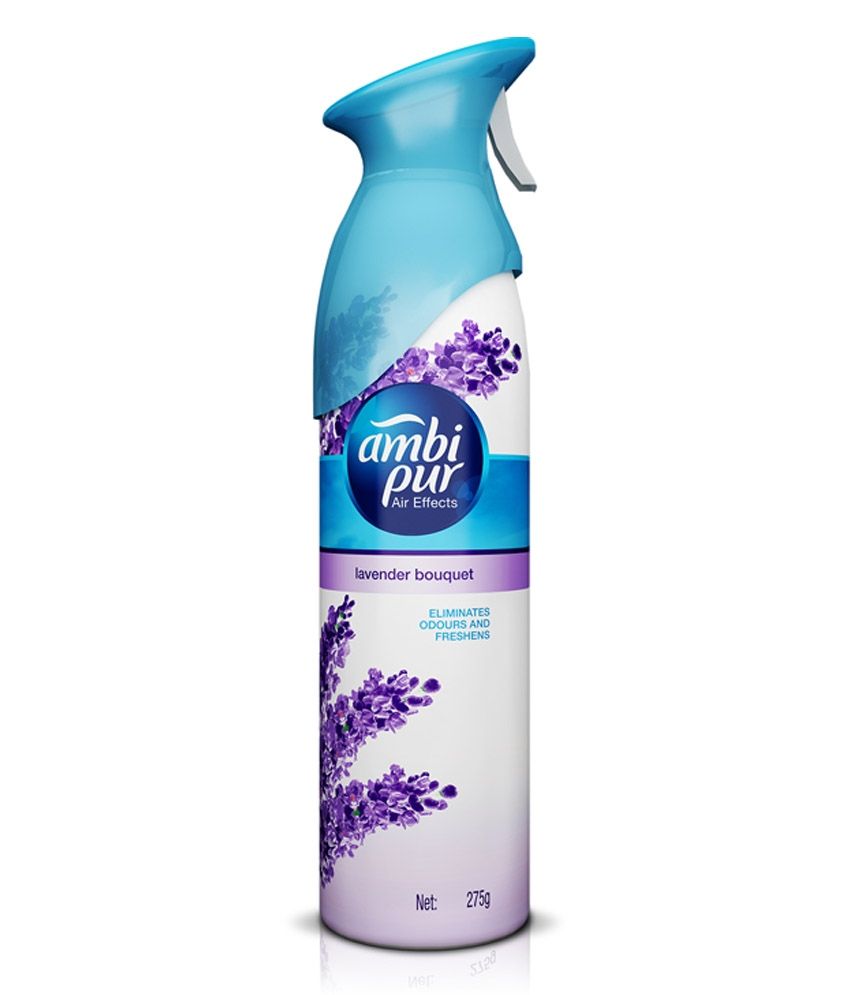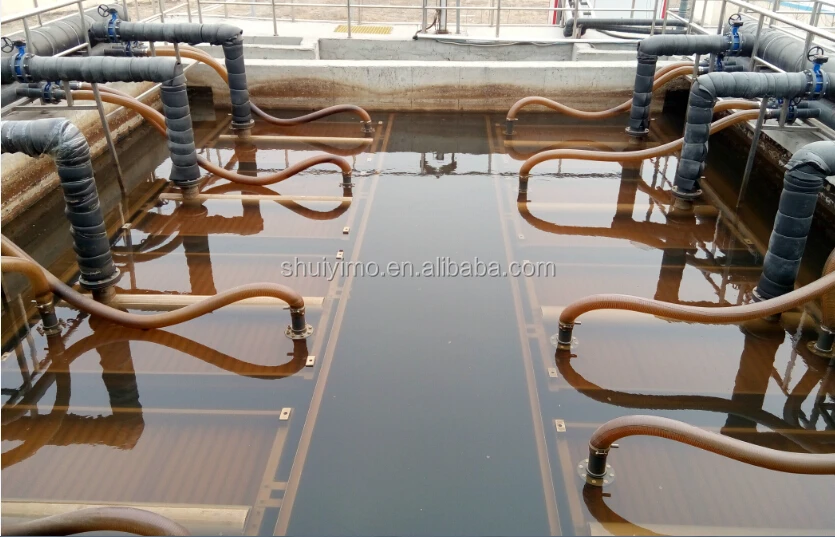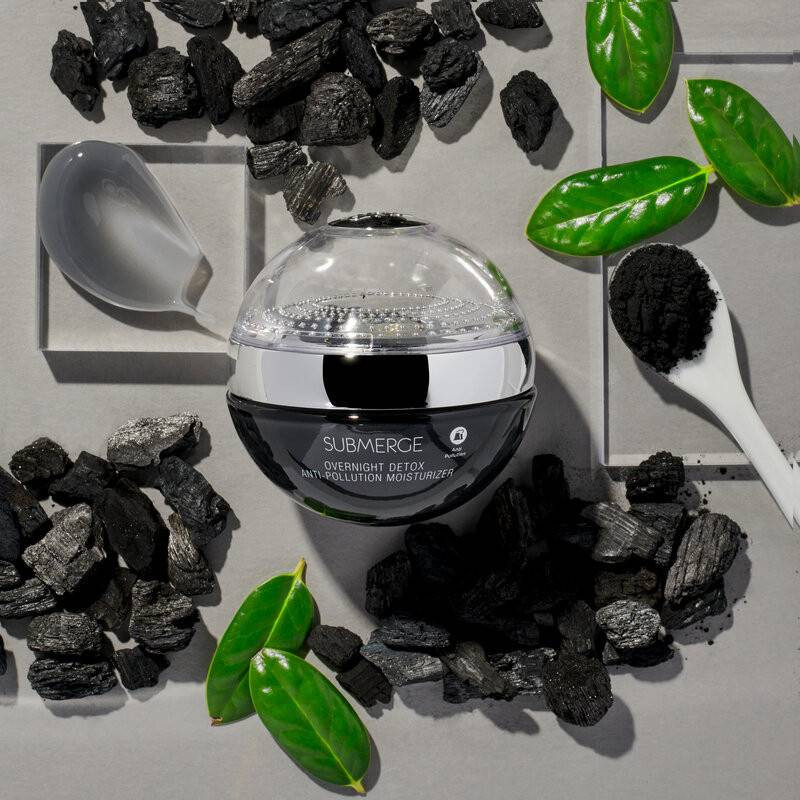

Production of l-Asparaginase was investigated using fungi A. Presence of l-Asparaginase in marine bacteria was screened and found positive ( Mohapatra, Sani, & Banerjee, 1995). aroideae NRRL B-138 by SmF-yielded enzyme with an activity of 275 IU/mL ( Peterson & Ciegler, 1969b). Production and purification of l-Asparaginase from E. Synthesis of l-Asparaginase hinge on type of the organism and various parameters such as pH of medium, temperature, nutrient composition, inoculation concentration, dissolved oxygen concentration, and fermentation time ( Kumar & Sobha, 2012). tamarii, Fusarium, and Penicillium are reported for l-Asparaginase production by SmF ( Patro & Gupta, 2012), and studies on optimization of culture media and environment conditions in both batch and continuous SmF have been reported. Fungal species such as Aspergillus niger, A. Production of l-Asparaginase from various microbial sources using SmF is listed in Table 3. Bacteria are commonly used as a source in this process as it requires high moisture content. SmF has well-established equipment that makes use of the existing microorganisms. This involves growing carefully the selected microorganisms in closed reactor containing the fermentation medium and a high concentration of oxygen.

SmF is a process in which the growth of microorganisms takes place in liquid broth medium which is optimized with required nutrients to have a better cultivation of microorganisms.

(2013) and Isil and Nulifer (2005)įortkamp and Knob (2014) and Sakthiselvan et al. Mrudula and Anitharaj (2011) and Sharma et al. It is clear from this table that excepting xylanase production in some cases, enzyme titers have been significantly higher in case of SSF as compared to SmF. Some of the enzymes produced using different microbial strains via SSF and SmF on FVPW are presented in Table 2.4. However, the major drawbacks associated with the SmF processes are the low productivity, high production cost, and complexity of the medium ( Babbar and Oberoi, 2014). SmF processes can be easily scaled up with ease of automation and do not suffer from the heat mass transfer limitations, which is the main disadvantage of SSF.

However, enzymes, such as amylases and proteases generally produced through SmF process employ the aerobic fermentation route. Certain fermentation processes, like ethanol production, involve facultative anaerobic organisms, such as Saccharomyces cerevisiae, which can grow in the presence of oxygen leading to cell biomass production but switch over to the anaerobic route during the ethanol fermentation. Antibiotics and enzymes are produced through aerobic fermentation, which involves the incorporation of oxygen into the liquid medium, while butanol production proceeds through the anaerobic mode, wherein addition of oxygen is detrimental. Fermentation processes are broadly classified into aerobic and anaerobic processes. Most of the commercial products are produced through the SmF processes ( Subramaniyam and Vimala, 2012). Submerged fermentation involves inoculation of the microbial culture into the liquid medium for production of the desired product.


 0 kommentar(er)
0 kommentar(er)
